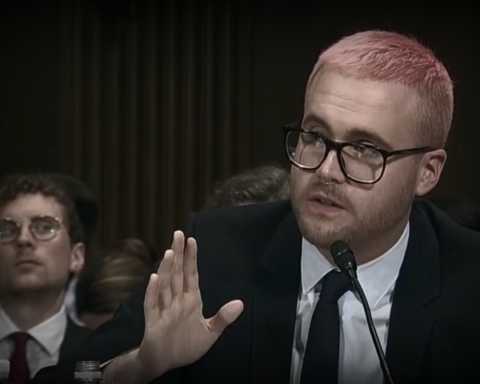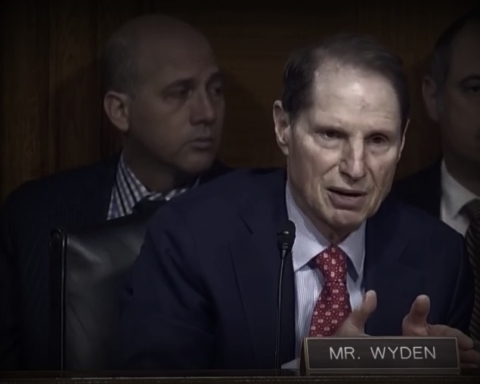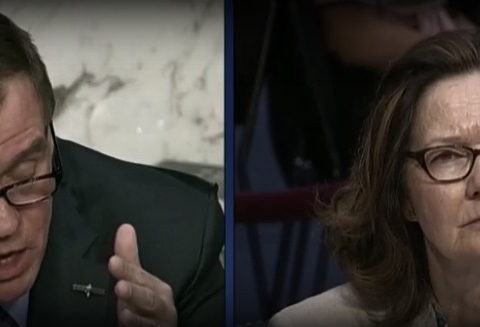Cloaked in secrecy, the White House’s targeted drone killing program is responsible for the deaths of thousands around the world—among them, troubling number of civilians. But a new lawsuit filed on Monday could finally bring some transparency and accountability to the maligned regime, as the Islamic State War could see it employed in new settings..
First reported by the Guardian, the American Civil Liberties Union (ACLU) filed suit seeking information on the administration’s “kill list”–an informal name given to a dossier of individuals the Obama administration has deemed worthy of killing in its version of the Global War on Terror.
Specifically, the civil liberties group wants information on the legal basis for the program, how an individual is added to the kill list, what steps the administration takes to limit civilian deaths, and what efforts are made after the strike to account for those killed.
Prior attempts by the ACLU to seek the information through Freedom of Information Act requests were unsuccessful.
“The categorical secrecy surrounding the drone program doesn’t serve any legitimate security interest,” Jameel Jaffer, the ACLU’s deputy legal director, told the Guardian.
“It serves only to skew public debate, to obscure the human costs of the program, and to shield decision-makers from accountability,” he added.
The total number of people killed by drone strikes is unknown, but the London-based Bureau of Investigative Journalism has used open source information to give a credible ballpark estimate. It said that up to 4,686 fatal casualties have resulted from drone strikes carried out since early last decade in Pakistan, Yemen and Somalia–as many as 1,061 civilians could be among the dead. Sen. Lindsey Graham (R-S.C.) lend the Bureau of Investigative Journalism’s drone reportage credence in February 2013, when he said that “we’ve killed 4,700,” when talking about the targeted killing program.
In May 2013, under pressure to at least publicly acknowledge the existence of the “kill list”, President Obama announced new reforms aimed at reducing the number of drone strikes around the world, and specifically, new standards aimed at eliminating civilian casualties in future strikes.
Months later, during a flurry of drone attacks in Yemen carried out in response to an alleged terror threat, the administration waived those new guidelines. Those standards have also been ignored during the latest sorties against Islamic State (ISIL) targets in Iraq and Syria.
“Over the last few years, the US government has used armed drones to kill thousands of people, including hundreds of civilians. The public should know who the government is killing, and why it’s killing them,” Jaffer said.
The administration in 2013 announced plans to add more transparency to the program by giving the Pentagon the exclusive authority to launch drone strikes, but the CIA—with the assistance of lawmakers—has been reluctant to cede control over the use of killer robots.
Using the courts to break through the government’s state secrets wall on issues like drone killings and surveillance is an uphill battle, but the ACLU has, however, secured victories in the recent past. Last June, the courts compelled the administration to hand over top secret Department of Justice legal memos related to the killing of US citizen and suspected al Qaeda operative, Anwar al-Awlaki. Awlaki was targeted in Yemen by US forces in 2011.
Awlaki’s sixteen-year-old son was also killed in a US strike weeks later, despite not being suspected of any terrorist activities. The US government has provided no official explanation for his death.
The ACLU’s fight to shed light on the targeted killing program comes just as other nations are assembling their own regime of lethal unmanned flyers. In February, the State Department formally approved new guidelines allowing defense contractors to sell their drone weapons systems abroad to foreign allies.






